“The 2023 Telecommunications Law, which will take effect from July 2024, officially mentions the concept of digital infrastructure. Vietnam is one of the first countries to put the concept of digital infrastructure into law,” Minister of Information and Communications Nguyen Manh Hung said at the launching event of Viettel Hoa Lac Data Center.
Minister Nguyen Manh Hung affirmed that Vietnam's digital infrastructure must have super-large capacity, super-wide bandwidth, be universal, sustainable, green, smart, open and safe.
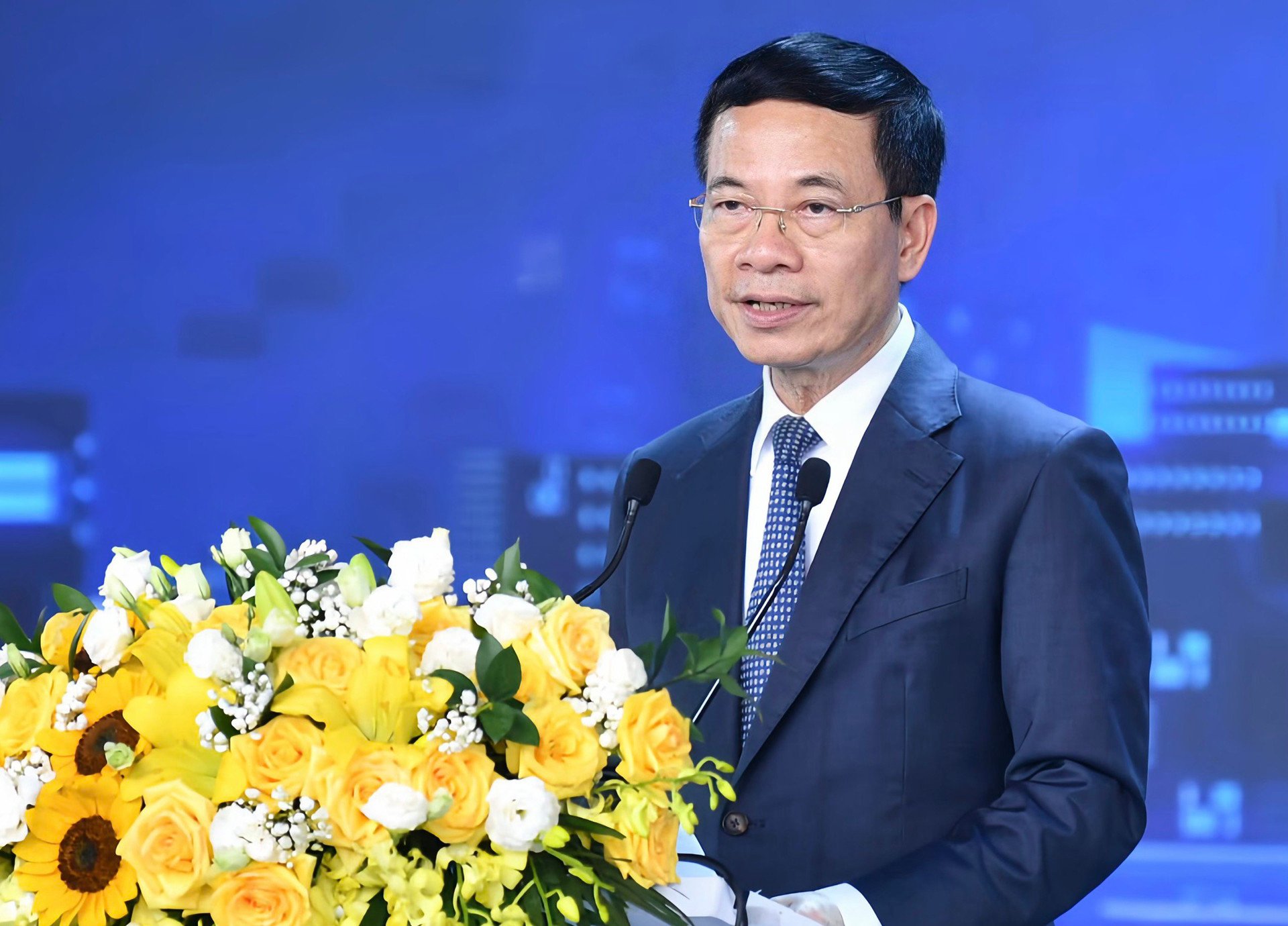
In the late 1970s, data center (DC) power density typically ranged from 2kW to 4kW per rack. Today, with the rise of AI and high-performance computing, businesses need power densities of over 40kW per rack to power their workloads. In November 2023, Silicon Valley Power predicted that annual DC load by 2035 will “double today.”
“The demand for rack-level power and DC capacity has increased, resulting in increased energy and heat, requiring new solutions,” says Colm Shorten, Senior Director of Data Centers at JLL Real Estate.
“In addition to the scale measured by the total electrical capacity that can be met, modern DC must also meet standards such as green and sustainable operation,” said Mr. Hoang Van Ngoc, General Director of Viettel IDC.
DC requires high performance and sustainability
With DCs, infrastructure developers can stack multiple servers in the same space, creating high-density DCs to scale up capacity, which equates to performance. However, how high the density can be depends on the ability to cool and reduce PUE – the power consumption index for IT equipment. According to Dgtl Infra, a digital infrastructure website, modern DCs need to have a capacity of 20MW or more.
According to Shorten, now with the explosive growth of AI, the demand for DCs to handle the increasing amount of computing power is increasing, which means DC developers need to consider how to build high-density, high-capacity infrastructure. If a DC is built purely in the traditional model, the risk is that it will become obsolete in as little as 2-4 years.
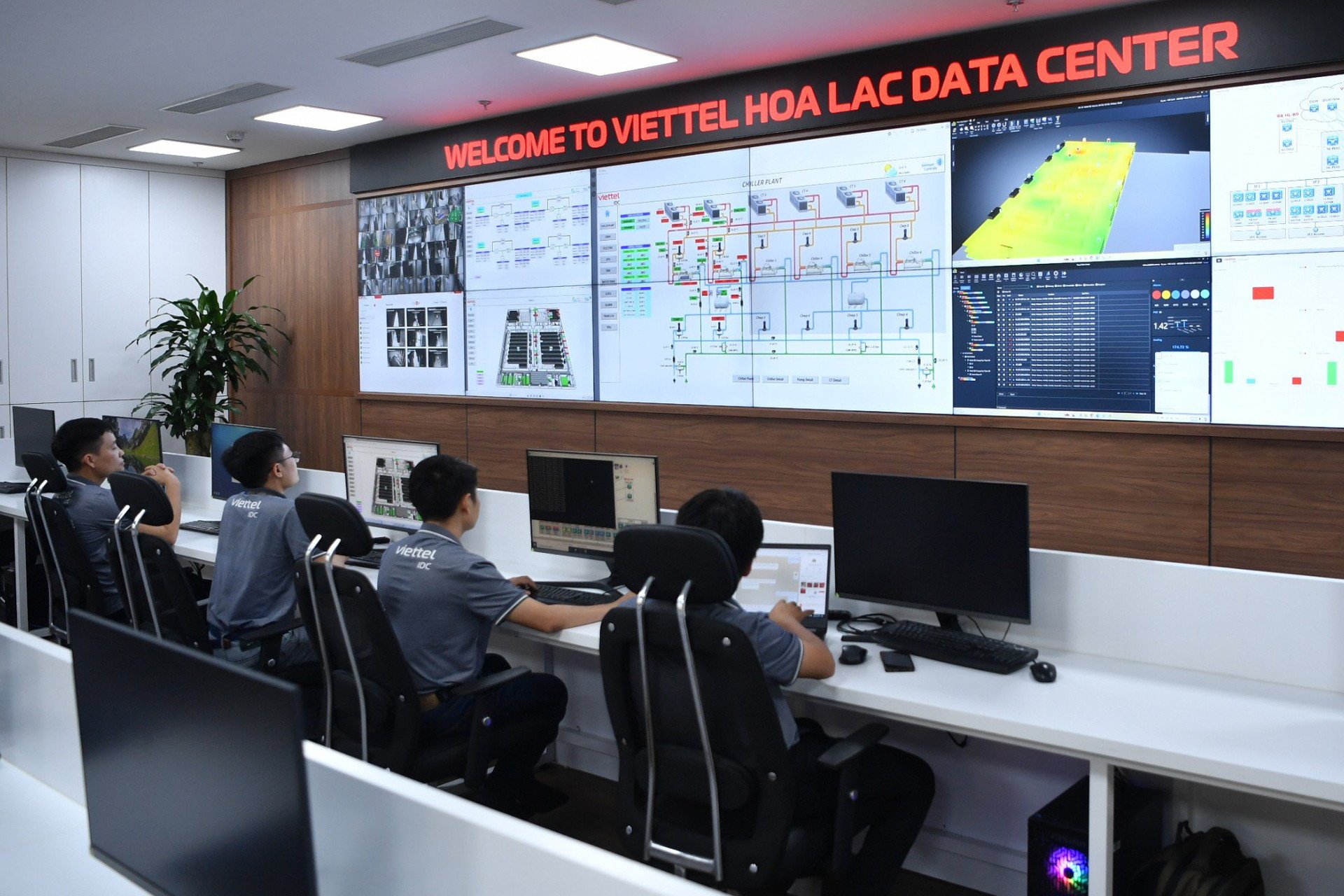
On the other hand, with the rapid growth in capacity, data centers will also face greater challenges in meeting sustainability goals. In Europe, for example, according to the Uptime Institute, the Corporate Sustainability Reporting Directive (CSRD) will begin to impact some EU-based businesses from January 1, 2024, and businesses will be required to report metrics such as water efficiency and carbon emissions.
At COP26, Vietnam was one of the countries that announced a target of net zero emissions by 2050. Mechanisms to support the implementation of emission reduction obligations through carbon credit trading floors and carbon credit offset mechanisms will be applied on a trial basis from 2025.
Therefore, businesses are not only looking for storage and computing solutions, but also green, sustainable solutions.
Contribute to building sustainable digital infrastructure for Vietnam
Mr. Hoang Van Ngoc, CEO of Viettel IDC, shared: “Previously, data centers mostly only met basic computing needs. Now, data centers will serve AI and Big Data.”
To meet this demand, Viettel launched the Viettel Hoa Lac Data Center with a capacity of 30 MW, the largest capacity in Vietnam while using the same number of racks and area. At the DC introduction event on April 10, Viettel Group General Director Tao Duc Thang said that this is the first facility in the next 2-year plan, followed by 3 data centers with a total designed capacity of 240 MW.
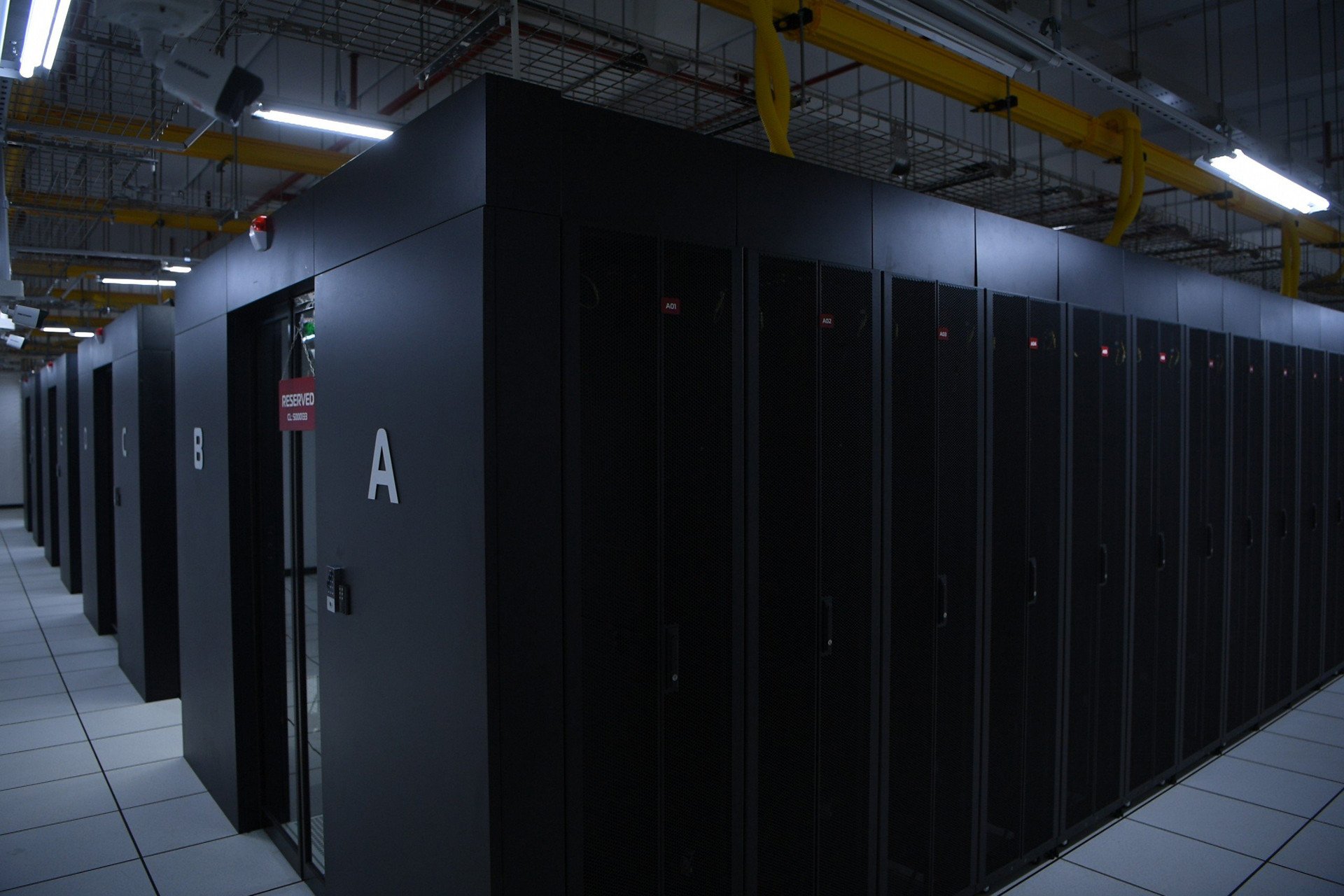
Viettel Hoa Lac DC currently has the largest capacity in Vietnam and is also the most energy efficient facility with an IT equipment power consumption index of 1.4 - 1.5, 12% better than the industry average. HSBC has also certified Viettel Hoa Lac DC as eligible for Green Credit.
To meet high capacity and save energy, Viettel IDC representative said that the building uses the most advanced centrifugal magnetic cushion cooling system, with an energy efficiency coefficient 40% higher than other systems.
With high-performance racks, capacity up to 40kW to meet AI and DC needs using Reardoor cooling, heat sinks placed in the rack. 2/3 of the number of racks in the project meet high-density rack standards, applying new cooling solutions such as inrow FCU, Fanwall Unit.
With high efficiency, it is estimated that this DC will help save at least 1 million kWh per year, equivalent to 1,000 tons of CO2, while meeting the needs of AI and big data.
“Viettel's DCs all aim to use 20-30% renewable energy, which is a very strong commitment,” Mr. Hoang Van Ngoc affirmed.
“In order to ensure data sovereignty and not lose the most important resource in the digital age, Viettel will continuously invest in DCs. According to the roadmap, by 2025, Viettel will invest an additional VND10,000 billion to expand its scale and by 2030, VND40,000 billion,” said Mr. Tao Duc Thang.
Minister Nguyen Manh Hung assessed that Viettel was on the right track when investing in developing a specially designed data center to be ready to meet infrastructure requirements for AI and high-performance computing, applying green technology and saving energy.
“The launch of Viettel Hoa Lac Data Center today is a testament to Viettel's commitment to building Vietnam's digital infrastructure to international standards and also realizing Viettel's digital infrastructure mission,” said Minister Nguyen Manh Hung.
Source



![[Photo] Prime Minister Pham Minh Chinh chairs the conference to review the 2024-2025 school year and deploy tasks for the 2025-2026 school year.](https://vstatic.vietnam.vn/vietnam/resource/IMAGE/2025/8/22/2ca5ed79ce6a46a1ac7706a42cefafae)
![[Photo] President Luong Cuong receives delegation of the Youth Committee of the Liberal Democratic Party of Japan](https://vstatic.vietnam.vn/vietnam/resource/IMAGE/2025/8/22/2632d7f5cf4f4a8e90ce5f5e1989194a)






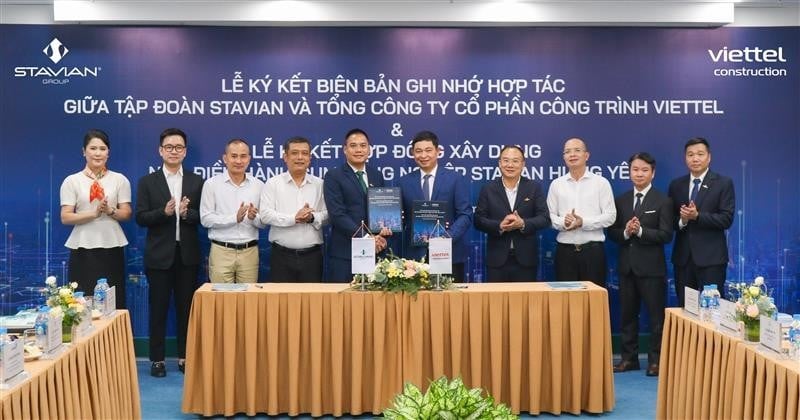



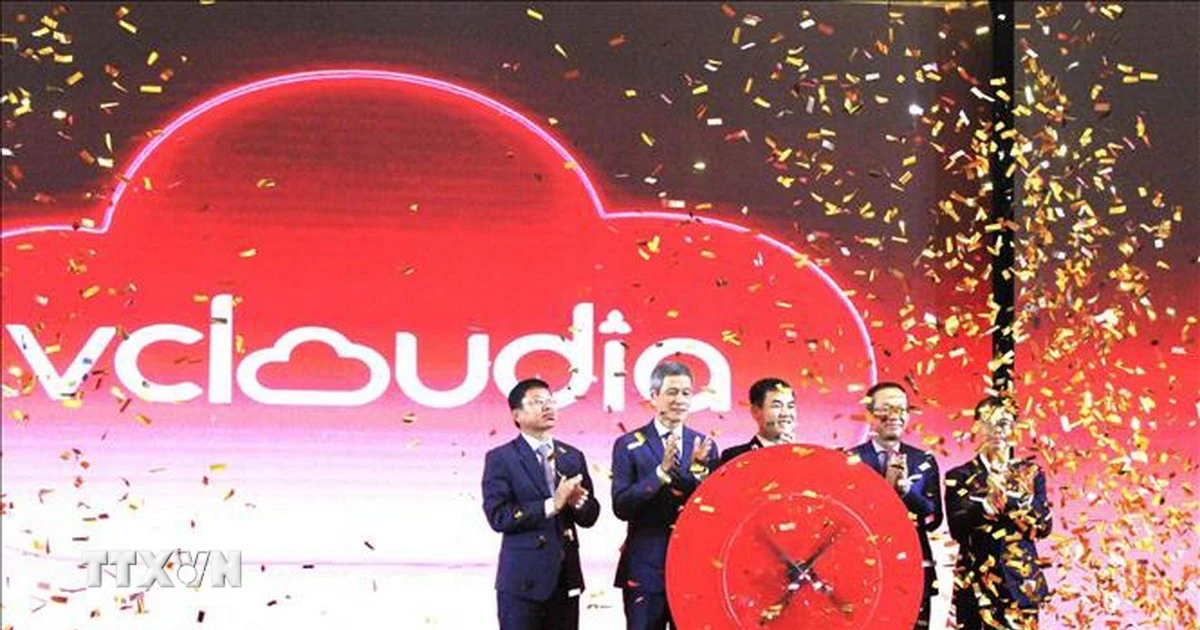

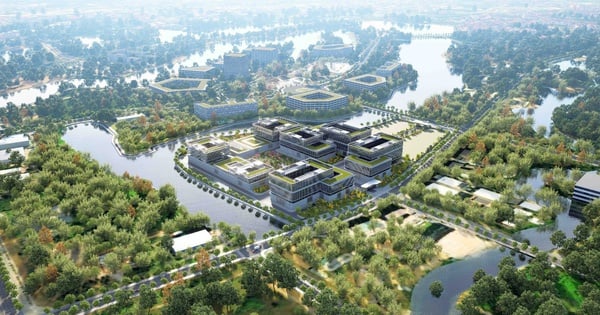



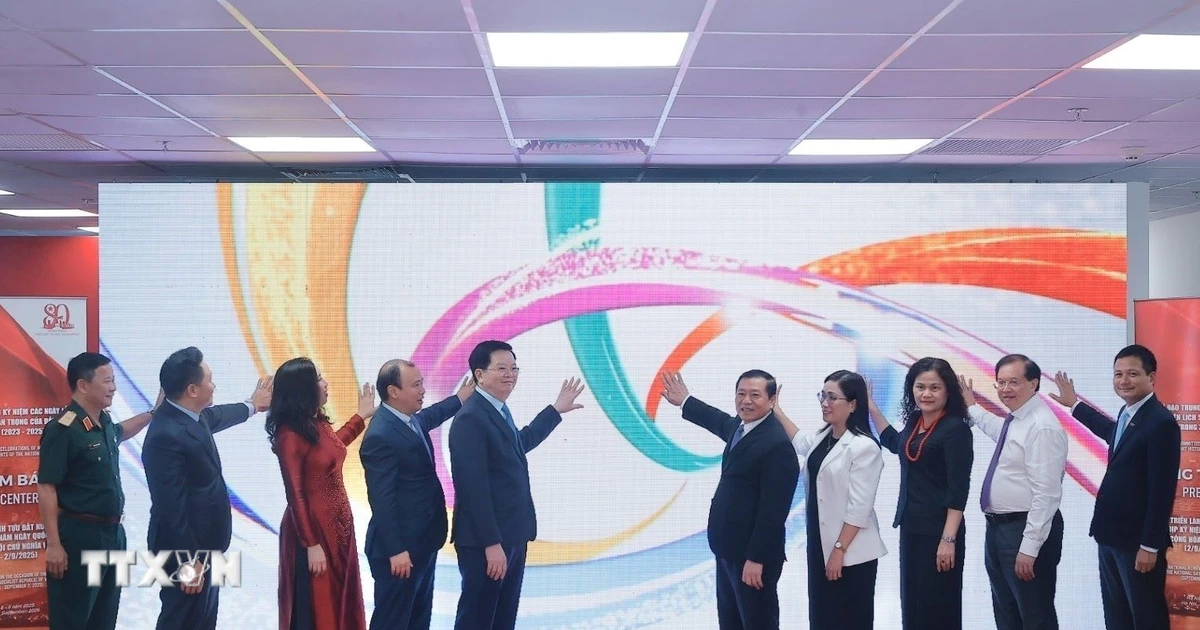


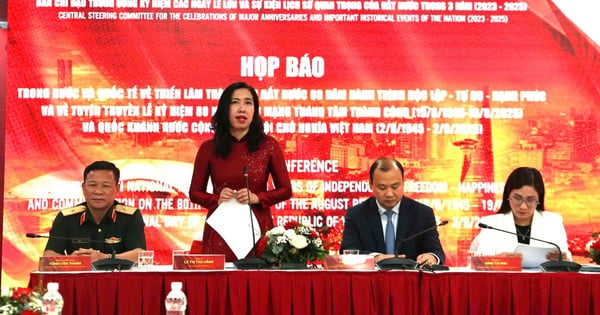

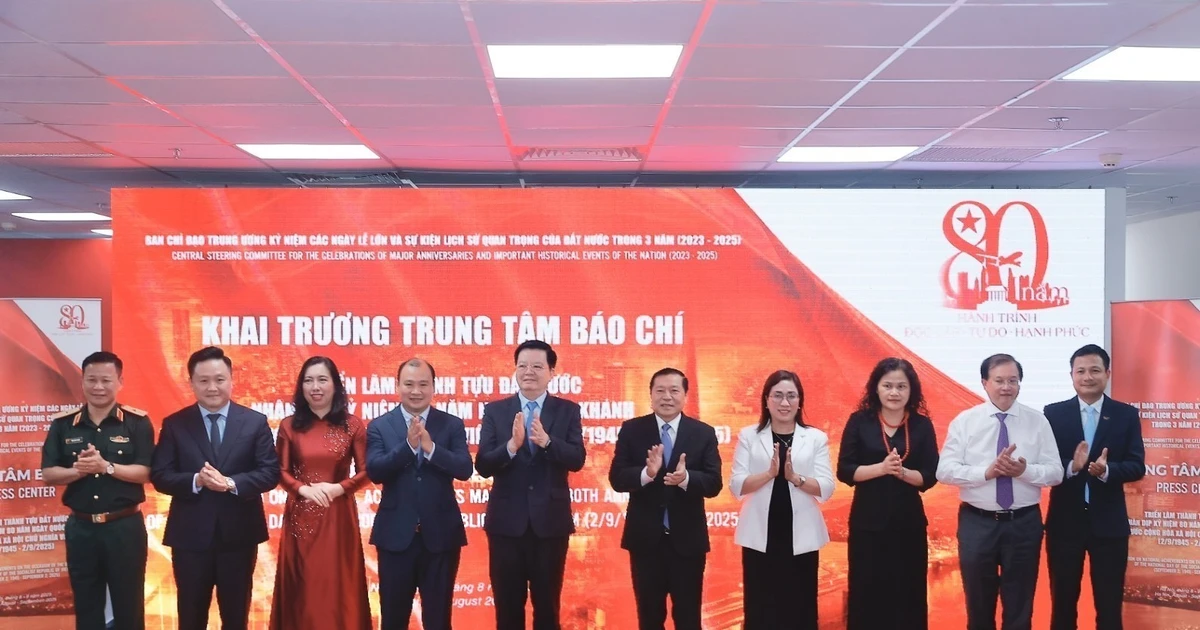









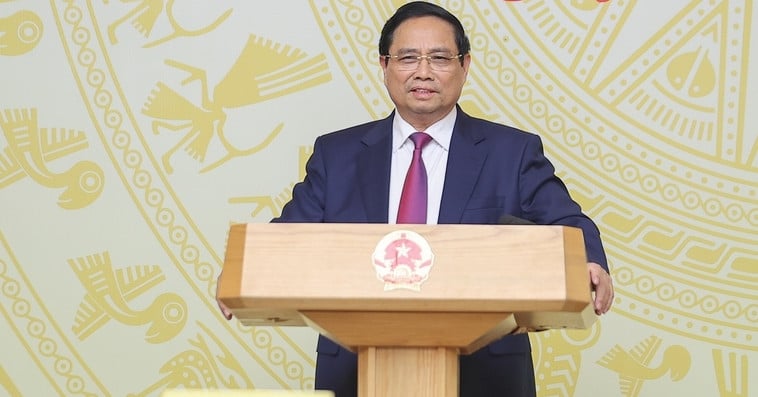





































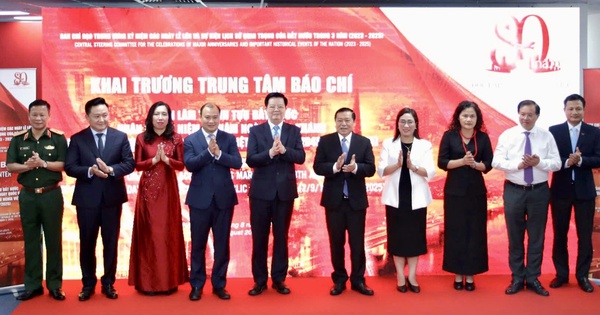




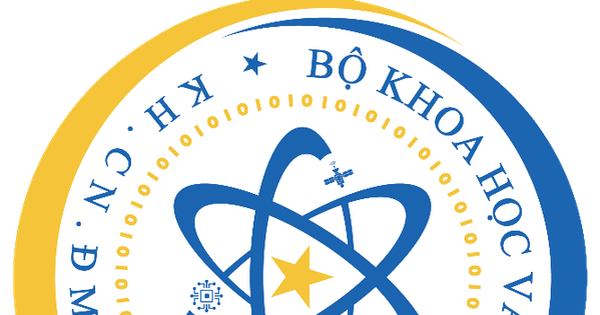

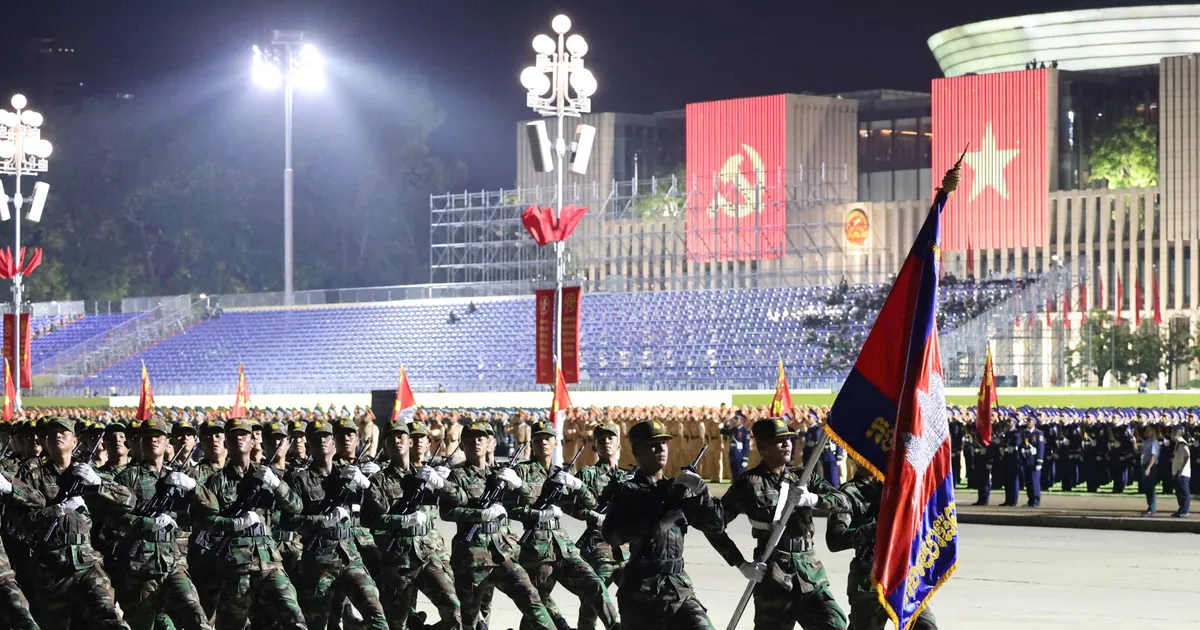
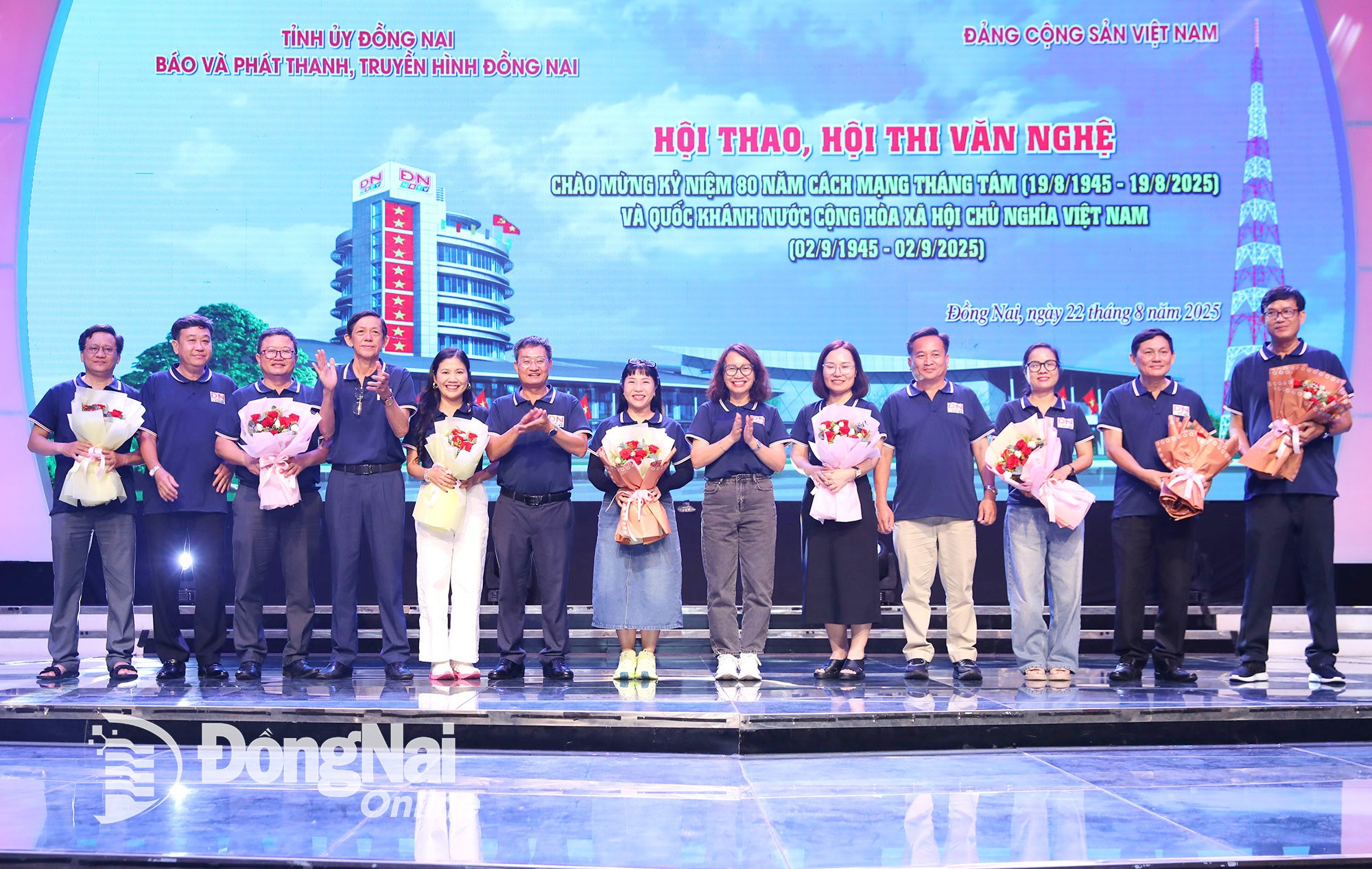






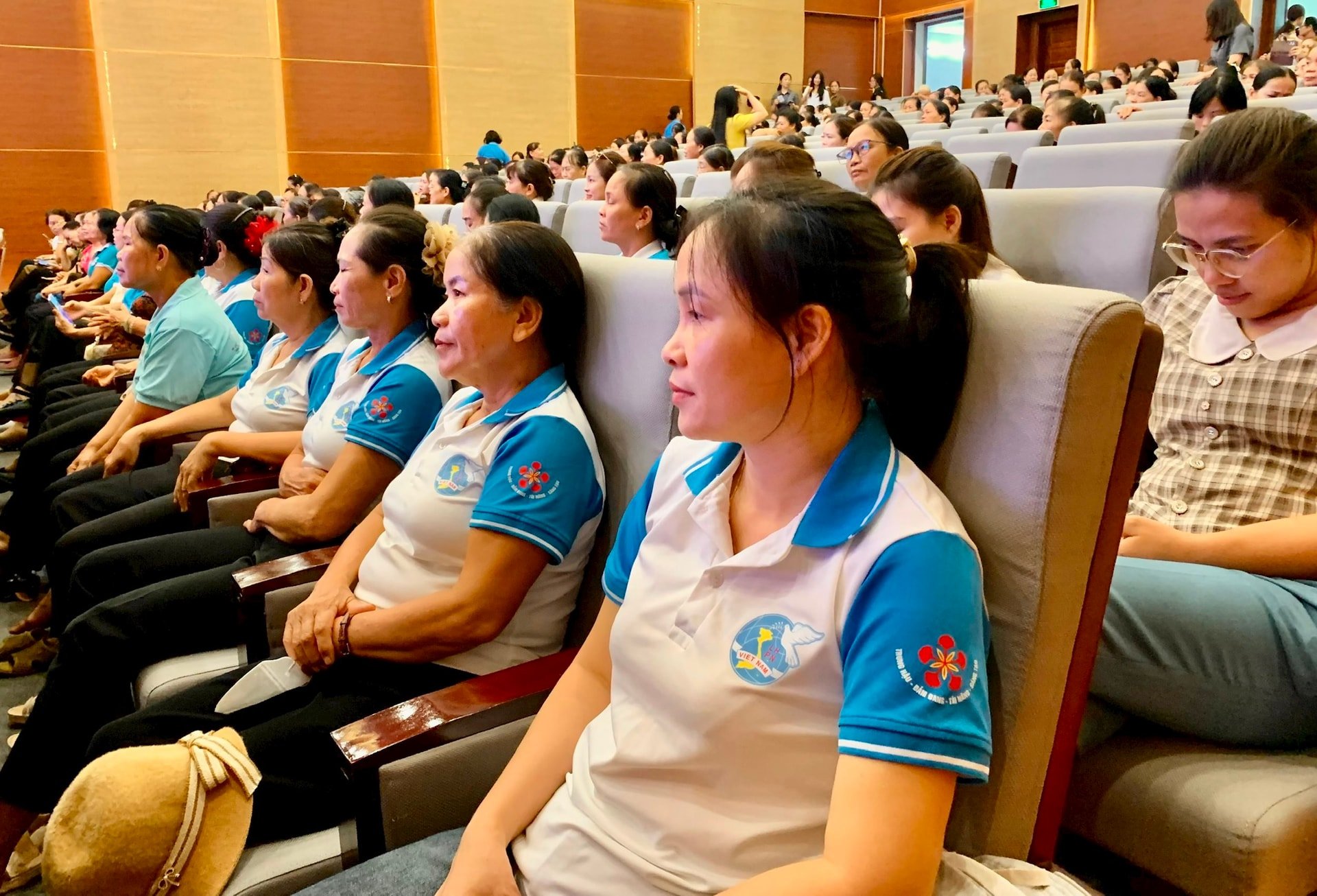














Comment (0)